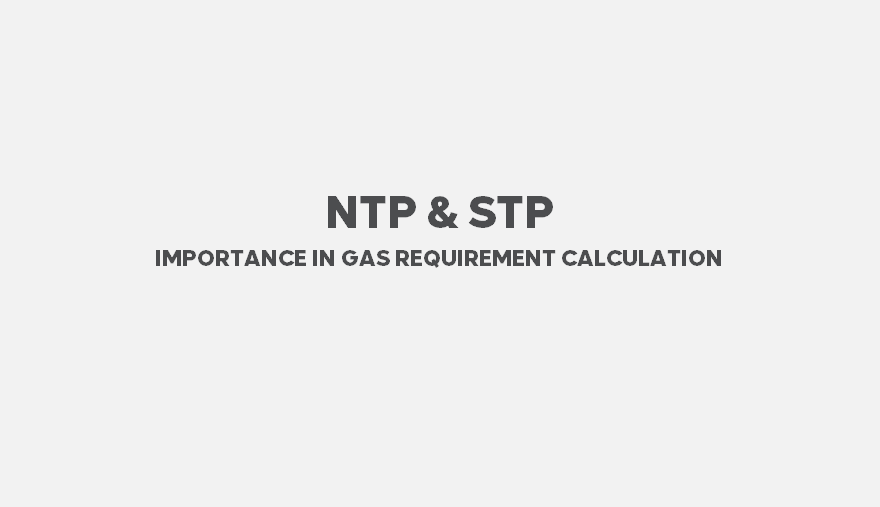The process of calculating the gas requirement for a particular application can be a challenging task for any industry. Since the volume of gases is dependent on various factors, such as pressure, temperature, and other conditions, it becomes essential to take these factors into consideration in order to predict the right volumetric flow rate of gases for a specific application.
To illustrate this point, let’s consider an example.
- Suppose we need to fill a pressure vessel (tank) to a pressure of 5 barg, with a volume/capacity of 1000 L.
- If we fill the tank with gas and the tank pressure reaches 5 barg, then the total volume of gas inside the tank would be approximately 5000 L,
- whereas if we fill the tank with liquid at the same pressure, the volume of liquid filled in the tank will be 1000 L.
- This difference in volume is due to the fact that liquids are generally not compressible, whereas gases are.
When gases are moved around in industry, they are usually under pressure and at different temperatures. This can make it hard to determine the amount of gas you have. To make things easier, scientists and engineers use “NTP” and “STP” to describe the conditions that the gas is in. They keep the pressure and temperature constant in these conditions, which makes it simpler to figure out how much gas there is.
NTP, or Normal Temperature and Pressure, refers to the conditions at which a gas will have the following parameters:
- Temperature of 20 degrees Celsius
- Pressure of 1 bar (a) or 0 barg
STP, or Standard Temperature and Pressure, refers to the conditions at which a gas will have the following parameters:
- Temperature of 0 degrees Celsius
- Pressure of 1 bar (a) or 0 barg
To simplify the standards, the volumetric flow rate of gases is usually described in terms of SM3/hr (Standard Cubic Meter per hour) and NM3/hr (Normal Cubic Meter per hour).


